As human and deer populations in Missouri simultaneously expanded and merged, increases in deer numbers occurred in suburban areas. Throughout the 1990s and 2000s, suburban communities provided excellent habitat for deer — food was abundant, reproduction was high, and hunting was restricted. Deer could live long and reproduce rapidly.
But managing urban deer isn’t easy. Local ordinances prohibiting hunting, numerous landowners, and varying emotions and opinions related to deer make it a complex issue. Department of Conservation staff spend considerable time and effort working with urban and suburban landowners and community leaders to help find management solutions to urban deer issues.
In the process of tackling these management challenges, many Missouri communities have rediscovered the tremendous value that whitetailed deer have to society.
St. Louis Area
Ten years ago, deer management in the St. Louis metro area was practically a taboo topic. In fact, suburban deer management had become known as a conflict accelerator across many North American cities.
Today, St. Louis communities work to successfully manage deer in the suburban landscape and make use of the abundant whitetail resource. Since 2004, nine municipalities in St. Louis County, which has large deer populations and had previously restricted the use of all archery equipment, have revised their local ordinances to allow bowhunting to harvest deer. One such community is the City of Sunset Hills, which includes a 4-square-mile area with 70 deer per square mile. The city allowed landowners to use archery hunting to manage deer, and the response was tremendous. Fifty landowners participated and harvested 54 deer during the first season.
“When we moved into Sunset Hills about 30 years ago, we saw an occasional deer, turkey, or even a fox,” said Mike Sawicki, who worked with the city’s deer committee to change the local ordinance prohibiting the use of archery equipment. “Now it is not unusual to see four or five in the subdivision while walking the dog.
“We had hunters on our property the last two seasons. The hunters are fantastic, they worked hard, and showed great respect for being allowed to hunt on our property,” he added.
A Different Approach
Although the Department encourages the use of archery hunting as the most cost-effective method for harvesting suburban deer, one particular Missouri community has taken a different approach. Partnering with Department biologists and agents, the City of Town and Country developed, adopted, and is implementing a community deer management program that uses sharpshooting over pre-determined bait sites within a 10-square-mile area. Over the course of six years, the city has harvested 777 deer. This effort has dropped the deer density from more than 65 deer per square mile to 37 per square mile.
The city has also paid the processing costs and donated all deer meat to Operation Food Search, a St. Louis-based central food bank that distributes to a network of Missouri food pantries. The donation of venison from the City of Town and Country to local food pantries now totals 46,620 pounds. That’s 23 tons of locally harvested meat helping to feed those in need, thanks to Missouri’s suburban whitetails.
Fred Meyland-Smith has served as an alderman in Town and Country and pioneered the deer management effort there.
“We recognize deer as a wildlife resource and an asset to our town,” says Meyland-Smith. “But the deer overpopulation presented a real hazard to human safety due to the exceptionally high incidence of deer-vehicle collisions. Beginning in 2009, we undertook a deer management effort, which has annually sought to reduce the herd to a more reasonable number, and made good use of this resource by donating the venison to a regional food bank.”
Kansas City Area
The first documented nuisance-deer report in Kansas City occurred in 1978. In the early 1990s, Kansas City and surrounding areas saw a vast rise in deer populations, exceeding 100 deer per square mile by the year 2000.
Working with Department biologists, Kansas City implemented its urban deer management archery program in 2003. Today, the program consists of more than 900 archery hunters and encompasses 22,000 acres of land and continues to grow. Deer harvests from 2005 through 2014 totaled 4,541, or an average of 504 deer harvested per year. The numbers indicate the overall success of the Kansas City urban deer management program achieved through archery hunting.
Since 2007, other metropolitan communities surrounding Kansas City have moved toward managing their urban deer populations. Most notably, Lee’s Summit, Blue Springs, Independence, Parkville, and Platte Woods all have urban deer management programs that use archery methods.
Elsewhere in Missouri
Historically, as human populations increased, municipalities in Missouri developed ordinances that limited hunting within their boundaries for safety reasons. However, community leadership, communication, science, and perseverance have addressed concerns and demonstrated that archery deer hunting in the city is safe.
For example, a revised ordinance in Springfield introduced archery hunting opportunities within the city in autumn 2015.
Columbia has allowed archery hunting on specific city-owned properties, such as parks and utilities, for years without any major disruptions to other users.
Helping Urban Hunters Feed the Hungry
The Share The Harvest program has grown stronger every year as a result of urban deer harvests.
In the past five years in Jackson County, urban hunters have donated an average of 2,177 pounds of venison every year. Conservation Agent Derek Cole facilitates and conducts the program in Jackson County and gives the venison to numerous organizations. For example, the groups that benefit locally from the urban hunters’ donations are Seton Center, City Union Mission, Salvation Army, Heart of America Indian Center, Community Service League of Blue Springs, and the Raytown Emergency Assistance Program.
Once the venison arrives at these organizations, it has one last destination — the dinner table. Urban deer feed urban hunters, their families, friends, and those less fortunate. Hunters truly are helping to feed the hungry, and this further ensures that deer remain a natural resource that are fully used and appreciated.
Advantages of Urban Deer Hunting
- Hunt close to home — hunters don’t have to travel away from home for long periods of time to hunt.
- Harvest locally — as compared to store-bought options, locally harvested game provides nutrition without the cost to natural and human resources.
- Save gasoline — archery hunters no longer have to drive long distances to pursue deer.
- Feed the hungry — urban hunters actively participate in Share the Harvest programs, which are important to local food pantries.
- Sustain healthy deer populations — hunting remains the best management practice for quality, biological management of white-tailed deer.
- Alleviate landscape damage — reducing urban deer numbers will also help to decrease the frequency of deer damage to ornamental plants.
- Decrease deer/vehicle collisions — reducing urban deer numbers will help to reduce the frequency of deer-related collisions on public roadways throughout urban and suburban areas.
Share the Harvest
Missouri’s Share the Harvest program helps deer hunters donate surplus venison to the needy. The Conservation Federation of Missouri and the Missouri Department of Conservation administer this program. Last year, 3,961 hunters donated 212,343 pounds of venison. For more information, visit on.mo.gov/1LAJVc9.
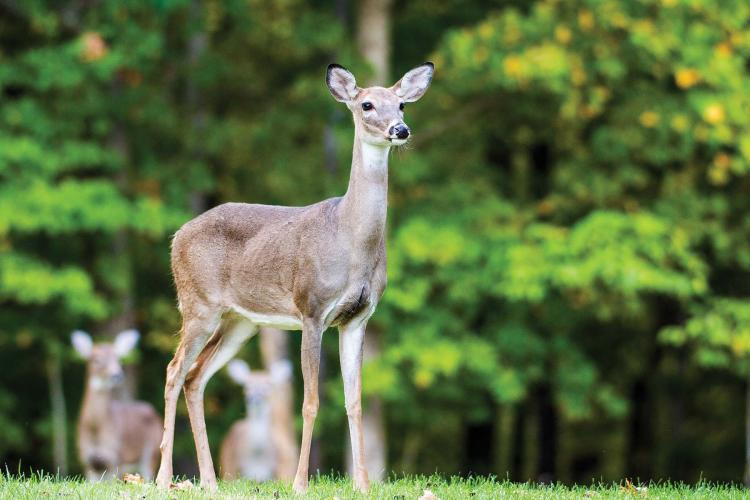
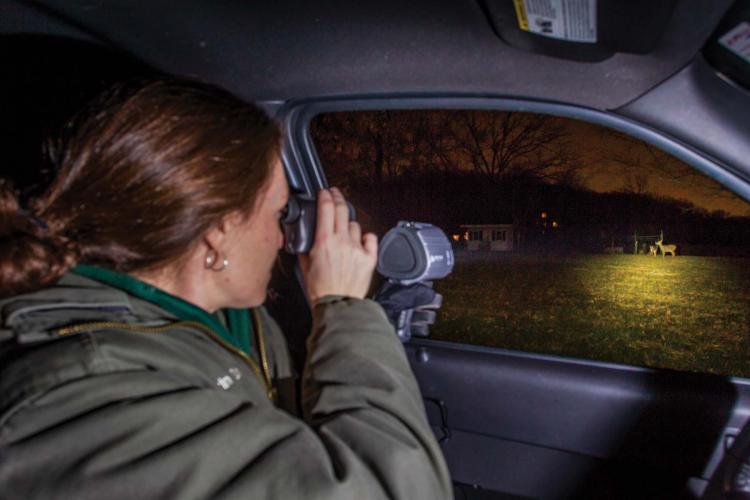
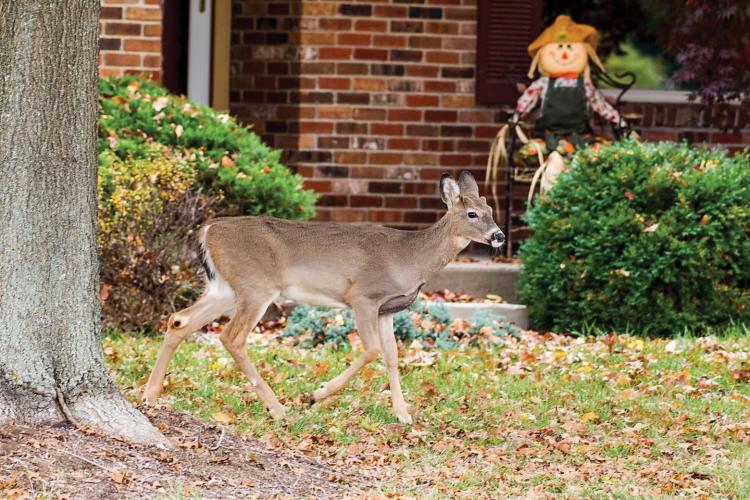

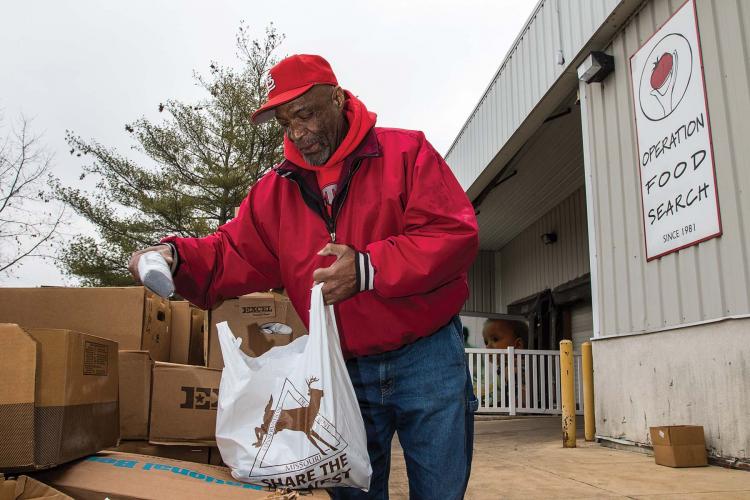
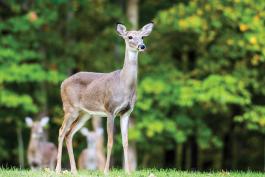

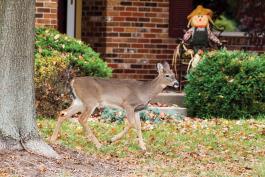


Also In This Issue
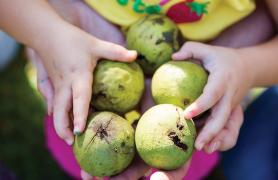
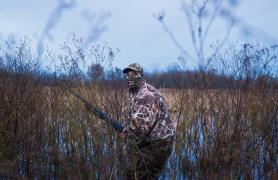
And More...
This Issue's Staff
Art Director - Cliff White
Associate Editor - Bonnie Chasteen
Staff Writer - Heather Feeler
Staff Writer - Kristie Hilgedick
Photographer - Noppadol Paothong
Photographer - David Stonner
Designer - Stephanie Thurber
Circulation - Laura Scheuler






















